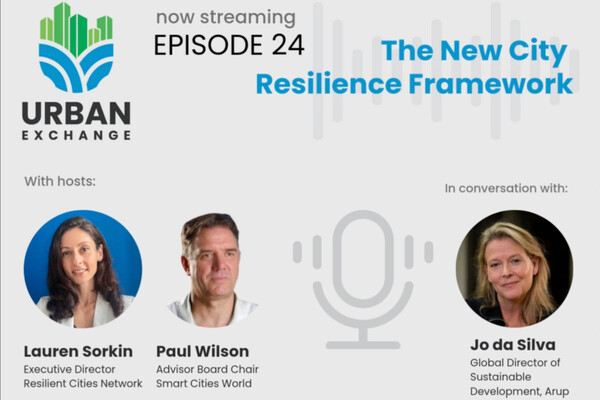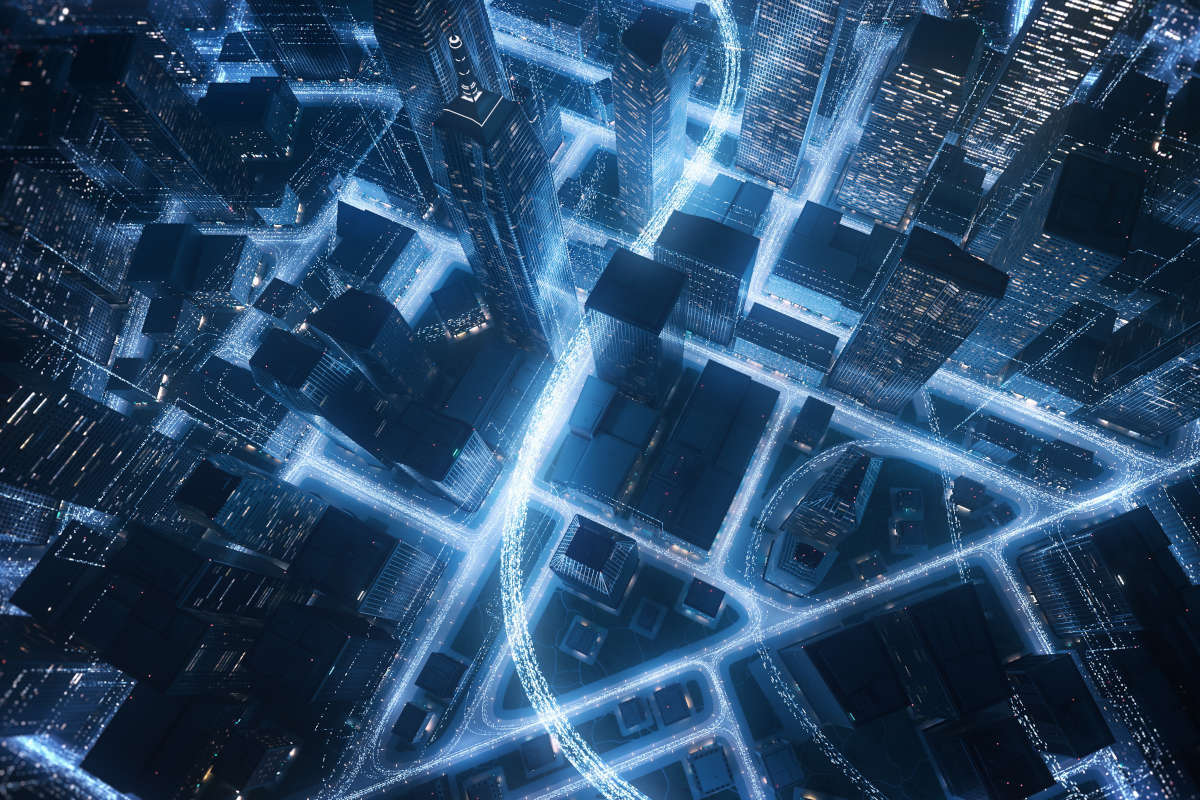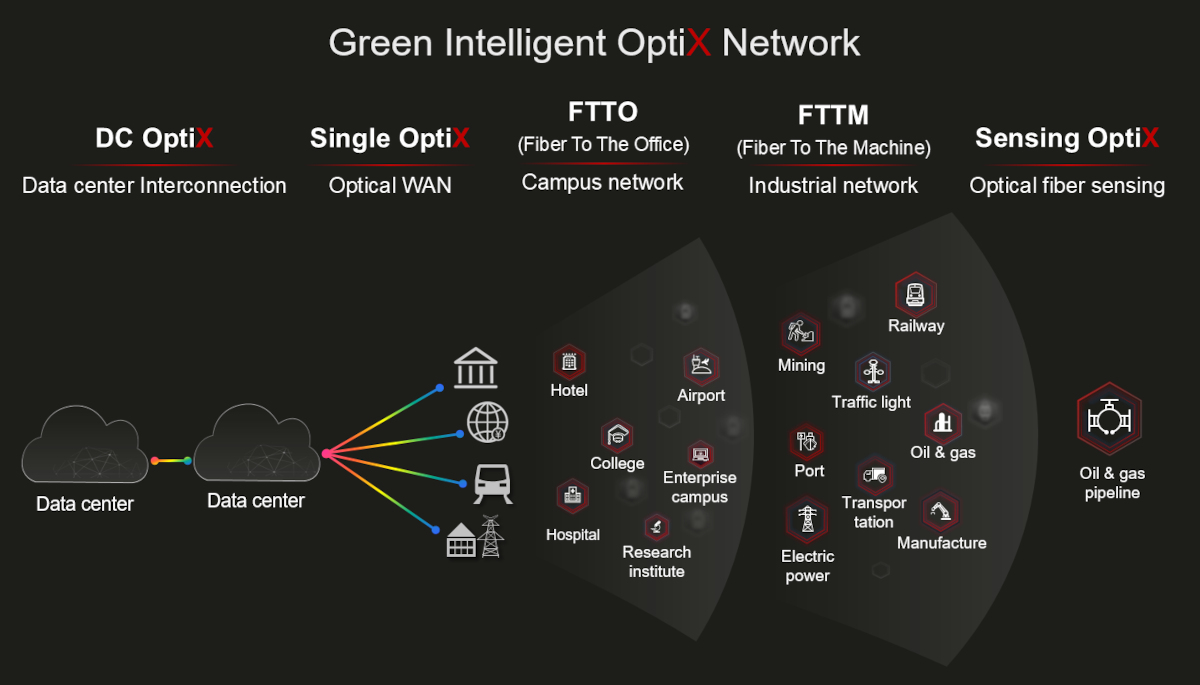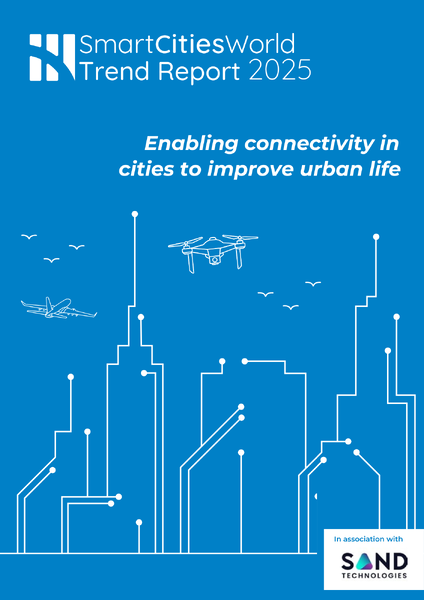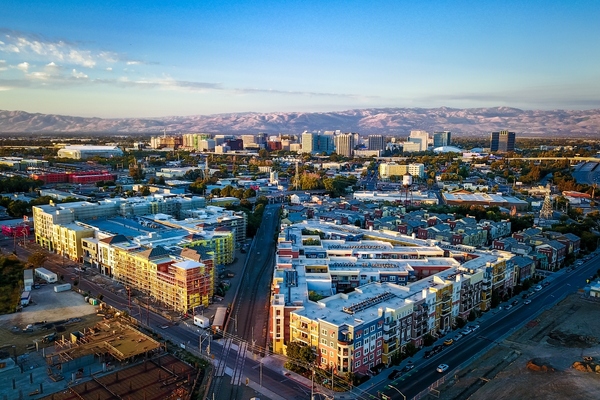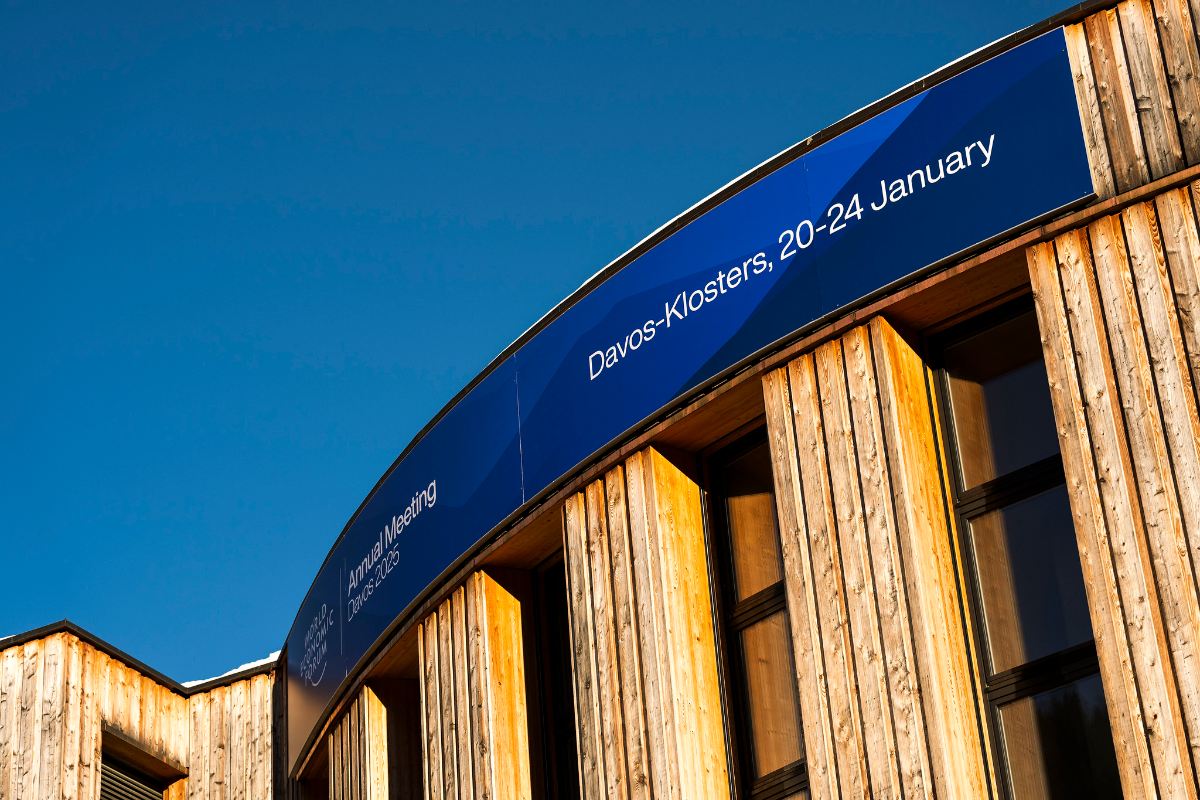Special Reports
SusHi Tech Tokyo 2024: experience ‘Tokyo 2050’ todaySponsored by The SusHi Tech Tokyo 2024 Showcase Program Executive Committee
How all-optical network infrastructure can re-shape smart cities
Kim Jin, vice president of Huawei Optical Business Product Line, explains how deploying the right communications networks now can help to futureproof cities against as yet unseen challenges.
Network has become the fifth lifeline of smart society; as cities are becoming both digital and smart, communication is the fifth core infrastructure network after water, electricity, gas, and transportation. The advancement of digital technologies and industries determines how smart cities can be, while the communications networks that underpin them have become a core part of how cities can operate and deliver services.
All-optical infrastructure can define what cities are able to achieve as they strive to become more intelligent and better connected. As such, more than 150 countries around the world have released fibre strategies or internet initiatives, promising to make network infrastructure widely available to the public. Governments are providing tax preferences or subsidies to rapidly build backbone networks, expand network coverage, bridge the digital divide, and promote national economic development.
In Europe, the French government has launched the high-speed broadband plan THD to promote the deployment of fibre and public networks in rural areas, with the goal of providing 30 Mbps broadband for all French people by the end of 2022. Spain’s Smart All-Optical Spain plan achieved 100 per cent coverage of 300 Mbps in 2021. Germany is providing subsidies worth tens of billions of euros for fibre construction to achieve full gigabit coverage by 2025. In Africa, Nigeria has launched the National Broadband Plan (2019-2022) to build a digital infrastructure network, while Egypt is implementing the Digital Egypt Builders Initiative (DEBI) to build a national fibre network to promote its digital transformation.
Building an all-optical foundation for smart cities
Full-scenario awareness, interconnection, and intelligence are becoming the goals of next-generation smart city developments. To achieve these goals, the cloud and fibre network become key infrastructure for smart cites. As a digital bridge between terminals and the cloud, a reliable network plays a pivotal role in ensuring service security and rapid provisioning of new services. Fibre connections are now widely used in industries such as education, healthcare, government services, transportation, and electric power, facilitating our daily lives and work while making cities smarter. City governments need to pay close attention to network construction, as well as use effective management measures and technological tools to ensure data security and cope with diverse services.
As cities strive to become smart, building an intelligent all-optical network as the foundation for connectivity becomes a necessity. In 2019, Huawei launched the Intelligent OptiX Network strategy to bring ultimate service experience to every person, home, and organisation. The strategy aims to build an intelligent, simplified, ultra-broadband, and ubiquitous next-generation all-optical network that reaches the network edge. During Mobile World Congress (MWC) 2022, Huawei released the green Intelligent OptiX solution for governments and enterprises. The solution integrates five innovative scenario-based solutions — Campus OptiX, Industry OptiX, Single OptiX, DC OptiX, and Sensing OptiX — to enable digital transformation of various industries.
Intelligent OptiX is accelerating the digitalisation of cities and driving the rapid development of the digital economy in fields such as government, finance, ISP, electric power, community, and education services. There are already numerous examples of how next-generation connectivity is able to support cities and their adjacent industries:
Making e-government services more efficient
Using Huawei’s Single OptiX solution, Shanghai, China, has built an urban optical network which features a bandwidth of 48 Tbps per fibre and a latency of microseconds. This network not only meets Shanghai’s requirements for integrated service bearing, fast deployment, and efficient collaboration, but also the requirements of e-government service evolution for the next five to 10 years. This helps propel Shanghai into the all-optical digital era, characterised by Internet of Everything (IoE), gigabit transmission, and microsecond latency.
Helping ISPs build ultra-wide digital arterial roads for smart cities
As a subsidiary of Salim, Indonesia’s largest consortium, FiberStar focuses on ISP services and has built ultra-broadband and secure fibre networks covering 14 provinces and 92 cities in Indonesia. In Java, two important financial cities 1000km apart require stable and reliable backbone network connections. The biggest challenge is ensuring that service transmission is not affected when a fibre cut occurs. For this, FiberStar introduced Huawei’s Single OptiX solution to build high-bandwidth reliable OTN backbone networks that serve as information highways for cities. Featuring cutting-edge technologies, these networks expand the coverage of optical connections in Indonesia, and help to unleash the potential of the digital economy.
Making communities smarter
Located in downtown Dubai, Creek Harbour is a world-leading smart community built by Emaar, a multinational real estate developer. The community sprawls over more than 7.3 million square metres of residential space and 3.2 million square metres of retail, hotel, office, cultural, and public activity space, providing space for 450,000 people to live and work. The community has introduced Huawei’s Campus OptiX solution to build an all-optical 10 Gbps network with high security and flexibility, making it a world-class green and smart community.
Making production and O&M smarter for electric power companies
CEMIG is Brazil’s largest power distribution company, second-largest power transmission company, and third-largest power generation company, and provides electric power throughout the whole of Brazil. In 2019, CEMIG adopted Huawei’s Single OptiX solution to build a smart power transmission and distribution network excelling in ultra-long-haul, low latency, high reliability, and high bandwidth. In 2021, CEMIG subsequently adopted Huawei’s Industry OptiX solution to meet the requirements of substation informatisation and unattended operation proposed by Brazil’s National Electric Power Regulatory Authority. Using this solution, CEMIG could enable functions such as border video patrol, switch status monitoring, instrument reading, and remote device control. Substation inspection was automated, improving operational efficiency by 30 per cent and O&M efficiency by 60 per cent.
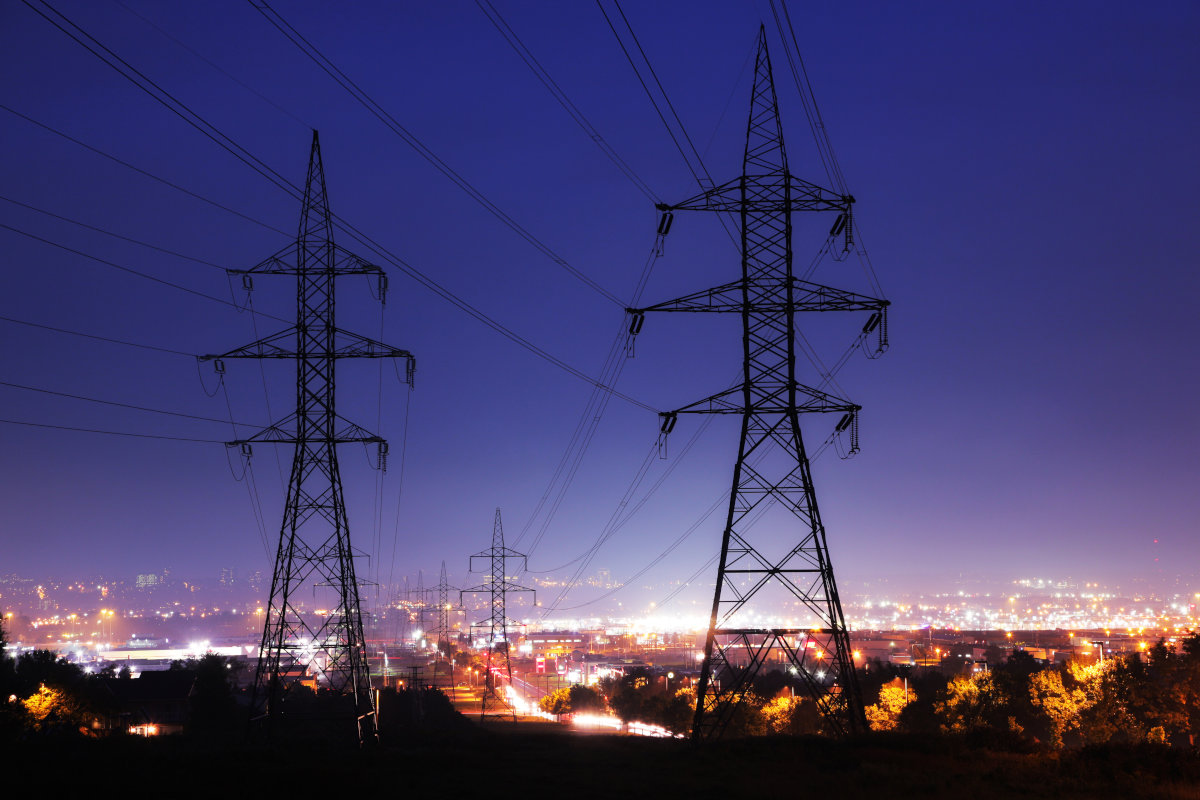
The use cases of green Intelligent OptiX networks stretch beyond the above. Featuring environmental protection, ultra-high bandwidth, ultra-low latency, and ultra-high reliability, Intelligent OptiX can lay a solid foundation for cities to go digital, reshaping industry productivity and helping various industries flourish like never before.
Continuous innovation to make cities smarter
Going forward, Huawei will continue to innovate in green, intelligent, and all-optical networks to create more scenario-specific industrial solutions, thereby fulfilling the future requirements of smart cities. Boosted by nascent technologies such as Wi-Fi 7, 50G PON, and 800G, the home access bandwidth has increased from 1 Gbps to 10 Gbps, making 10G connections ubiquitous. The network capability is improved from carrier-class to industrial-class, and the network latency is reduced to microseconds, meeting the ultra-low latency requirements of industrial robot control. Meanwhile, network availability is improved from 99.999 per cent to 99.9999 per cent, which meets the ultra-high reliability requirements of services such as high-frequency dispatching of power grids. From optical communication to optical sensing, the fibre scattering effect is used to sense vibration, stress, and temperature, achieving meter-level positioning accuracy. Optical networks also feature low power consumption and improve the energy usage effectiveness 10-fold compared with traditional copper networks.
In the future, with the large-scale rollout of new services such as VR, AR, holography, naked-eye 3D, and high-precision robot control, all-optical network infrastructure will invigorate even more industries such as smart grids, high-speed railways, unmanned driving, and smart manufacturing. Different service scenarios have different network requirements, and continuous technology innovation will bring more possibilities in making next-generation city services a reality.
Looking ahead, Huawei will continue working with industry partners to explore more digital transformation scenarios, as well as build efficient and green communications networks to make cities smarter and the digital economy more vibrant than ever.
Under the theme "Unleash Digital", Huawei Connect 2022 will also take place in Shenzhen starting on 7 November. The annual event will introduce a number of ICT products, portfolios, and solutions designed to meet the needs of various industry scenarios. Through a series of summits, broadcasts and exhibitions, we will also give a sneak peek at new groundbreaking innovations, as well as best practices and results from Huawei’s work with customers and partners around the world.







